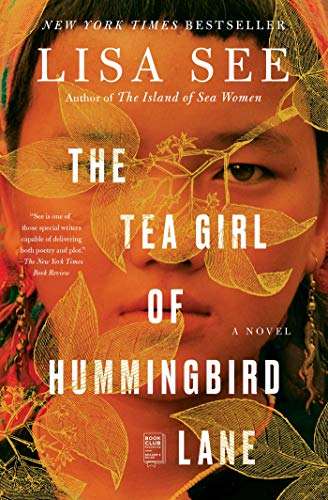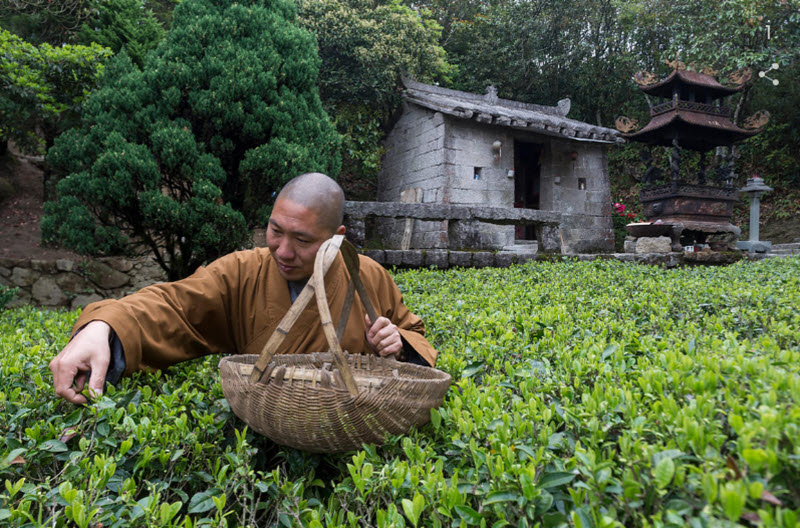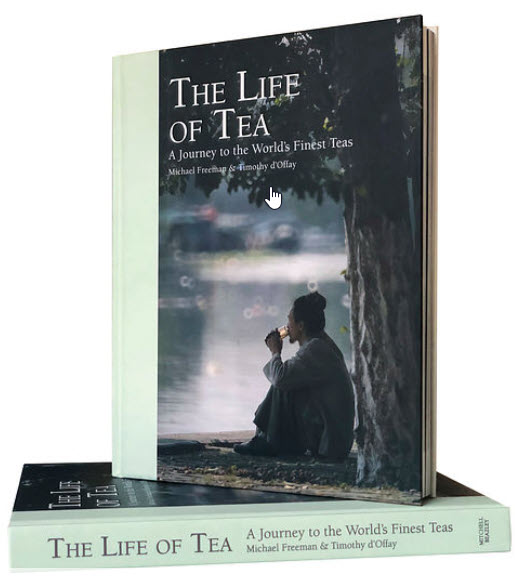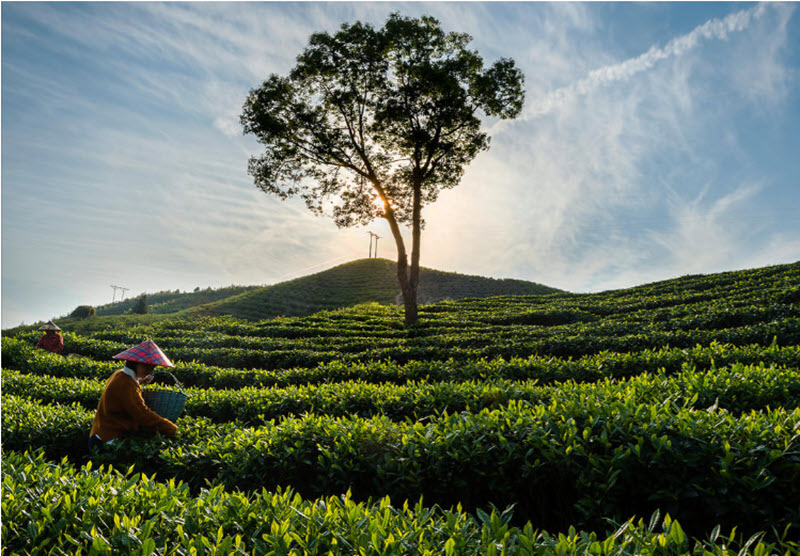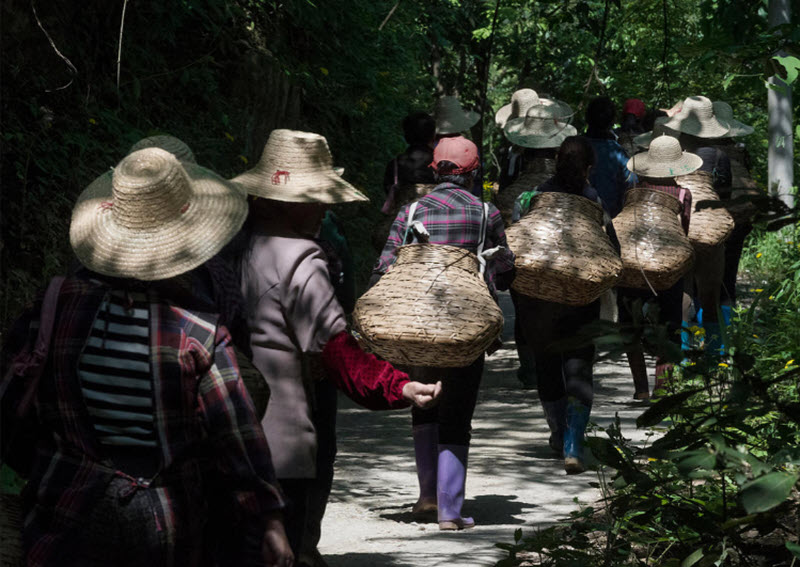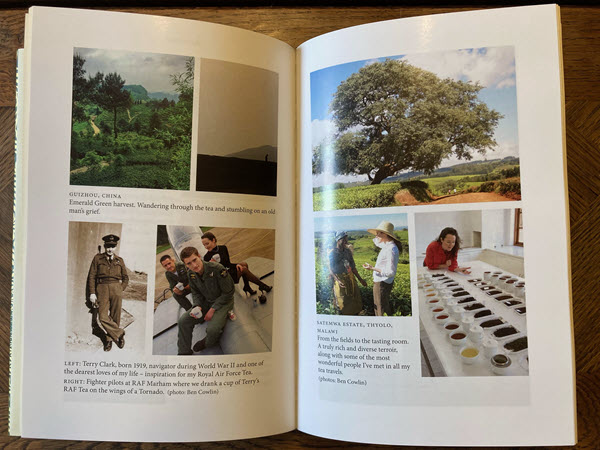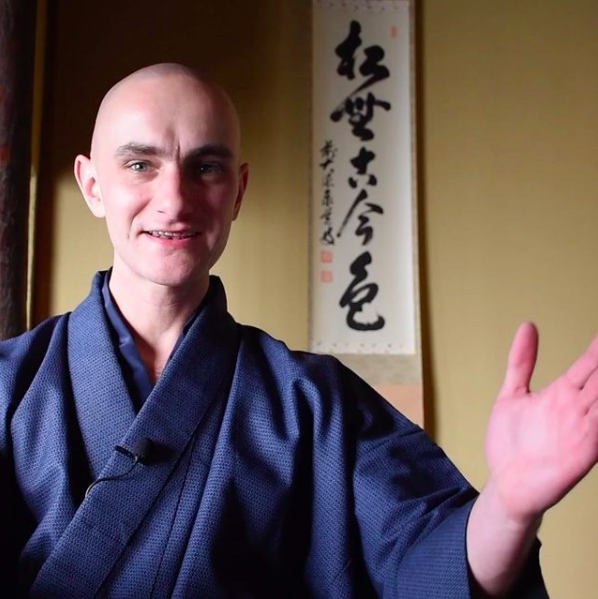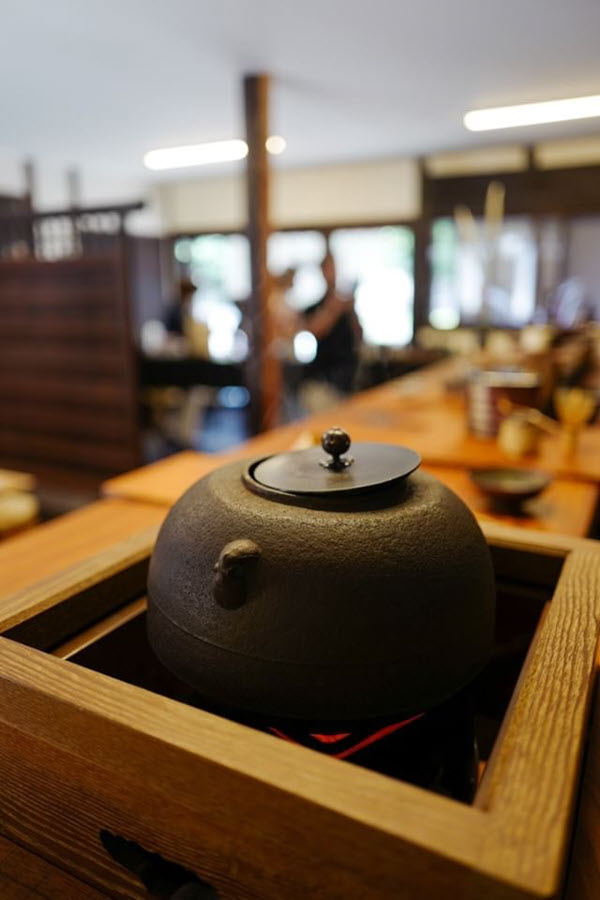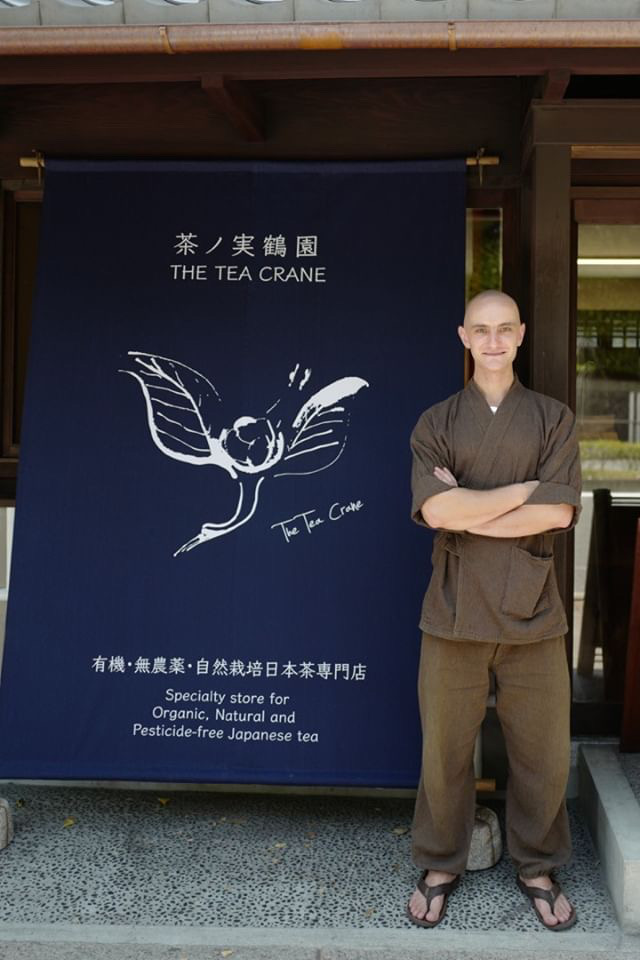Tea Master Sun seems to comprehend that I’m being transformed, yet his words are as colorless as can be. “So, Pu’er. Tell us what you know about it.”
The minute he asks this question, I understand two things…
That’s a quote from The Tea Girl of Hummingbird Lane by Lisa See (page 175-176)

A Brilliantly Layered Book
Despite being a work of fiction, one immediately feels that the tea content is thorough and factually based, adding interesting and personable facts to a tea reader’s knowledge banks.
By Kyle Whittington | Tea Book Club
I found myself repeatedly drawn in and captivated by the story whilst doing my initial skim read, checking there was sufficient tea content for TeaBookClub members. There was. Tea content aplenty. Whilst reading, and by the time I’d finished it I found myself with a renewed interest in the world of Pu’er tea, a pond I’d previously only dipped my toe into. Fascinating and well researched tea content is liberally scattered throughout the book, revealing the mysterious world of Pu’er tea. From ancient secret groves and lost production through its re-discovery to rapid growth, boom and bust over the last three decades. Despite being a work of fiction, one immediately feels that the tea content is thorough and factually based, adding interesting and personable factoids to the tea readers knowledge banks. And ultimately, for many, inspiring a new or renewed interest in the world of Pu’er.
Undoubtedly a literary work worthy of the recommendations that brought it to my reading chair, it is interesting how different lenses can change the readers experience. Reading it with a tea mind gives, I feel, a rather different experience to that of a reader coming to it purely as a novel. Something which became clear when discussing it with TeaBookClub members.
For the tea reader, this is a book of two halves. Whilst the first half cleverly sets up Li-yan’s world of Akha tradition and starts her on her journey. It can at times feel like wading through a documentary on the Akha, despite the captivating writing. It’s not until Li-yan makes it to Kunming that the pace suddenly picks up and we’re zipping through the exciting tea world as the pu’er trend picks up pace alongside. I personally wanted to spend more time with Tea Master Sun and in Li-yan’s tea shop in the tea market at this point. But on we zipped to California and the eventual riveting ending, which left me desperately wanting to know what happened next.
There are so many brilliant layers to this book, and it could be looked at through so many different lenses. The rapid transition of the Akha way of life into the modern world was fascinating and could spark its own lengthy discussion. From another view, the mother daughter story, adoption, or Chinese immigrants in the USA could all be delved into and discussed. But for the tea reader this is a wonderful story, packed with great tea content that will either develop or ignite an interest in, and desire to explore the world of Pu’er further.
Here’s what some TeaBookClub members thought:
“I haven’t gotten into Pu’er that much, but the book has definitely inspired me to now.” – Alison, UK
“I thought the ending was a tear-jerker, I was definitely glued to those last ten pages“- Chris, USA
“I found it touching to read” – Aimée, Canada
“I thought it was too encyclopedic initially [the first time reading it], I found the beginning too much explanation about the Akha people but then because TeaBookClub chose it to read I picked it up and I’m happy I really read it though.” – Aimée, Canada
“I found it a little bit cliche when she finds the love of her life and he’s like her knight in shining armor and she’s a little bit of the princess, a Cinderella kind of thing. But then what I really liked about it was the little nuggets about tea culture in China. How the women when they’re picking the leaves talk about life. The culture in the villages, tea is their life, their culture, they have this appreciation of the leaf. She describes that really well; it’s not just about picking and processing. But I thought bits of the story line were a bit Disney, she’s shopping on Rodeo drive, its like Pretty Woman at one point! I liked those little bits about the life, about the culture of tea.” – Alison, UK
“When it talked about selling the fake tea, that was very relatable in the tea industry. And their reaction to it, how could you be upset with all the money they’re making, just make a little bit more. It showed how different the view was on the ground versus our 30,000 feet distance view.” – Chris, USA
“There was so much build up around the tribe and then it jumped very quickly though the story.” – Chris, USA
“The first part really explains the character and how she feels different from the Han majority and from her own tribe.” – Aimée, Canada
“It’s easier to digest the tea knowledge in that [novel] format sometimes, it drops bits of information in and it’s easier to take the information in.” – Alison, France
“I liked how she brings up the challenges of being an adopted Chinese girl in America. Not feeling Chinese, not feeling American…. I thought she captured the experience of wanting to find her [Hayley] birth parents and the excitement she got around seeing how other people found it. It’s a one in a million chance, its never going to happen but at least I’ll try, it makes sense to go and do that. I thought that was captured really well.” – Chris, USA
“I really loved the part with all the girls talking with the psychologist. That was really clever.” – Aimée, Canada
Although based in the UK, The Tea Book Club is an international group of tea lovers and readers who meet up virtually each month to discuss tea books. If you’d like to join us for the next read, visit teabookclub.org or @joinTeaBookClub on Instagram.
The Tea Girl of Hummingbird Lane
Goodreads: Lisa See is a Chinese-American author. Her books include Snow Flower and the Secret Fan (2005), Dragon Bones, and On Gold Mountain. She was named the 2001 National Woman of the Year, by the Organization of Chinese American Women. She lives in Los Angeles.
Amazon | Kindle Edition, 384 pages
Published March 21, 2017
Scribner
Link to share this post with your colleagues
Signup and receive Tea Biz weekly in your inbox.
Never miss an episode
Subscribe wherever you enjoy podcasts:

